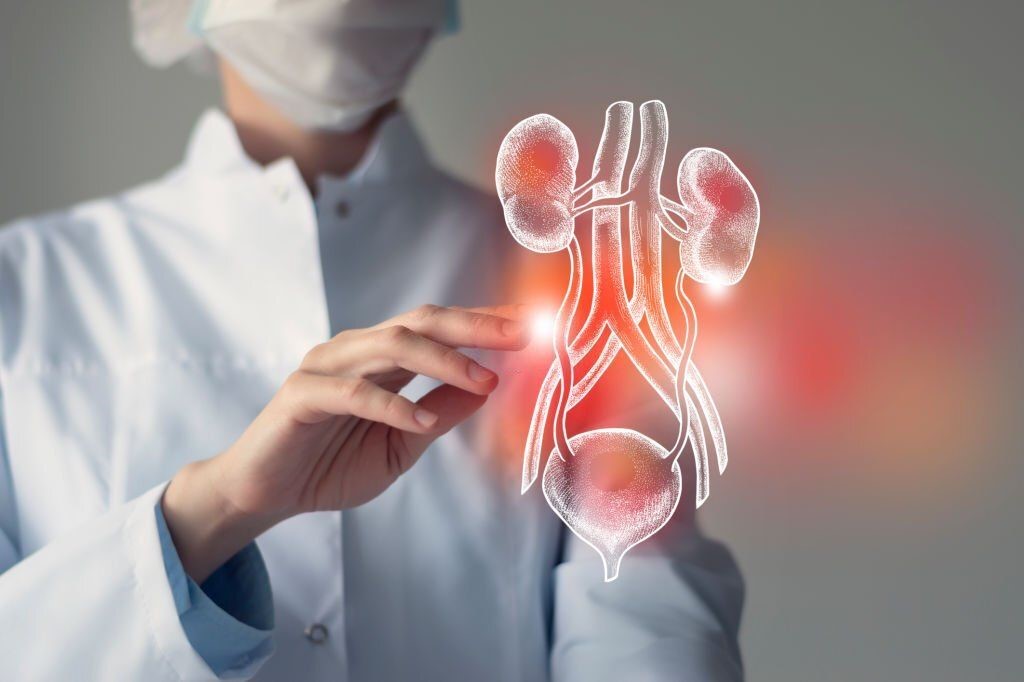
Urodynamics: what is it? When is it essential?
Urodynamics refers to a series of examinations for the diagnosis of functional disorders of the lower urinary tract. What are the different types of examinations to be performed?
What is urodynamics?
Urodynamics indicates a series of examinations for the diagnosis of functional diseases of the lower urinary tract.
Urodynamics examines the behaviour of the bladder and urethra by studying the physiological and pathological factors related to the accumulation, transport and elimination of urine in the setting of diseases or particular clinical conditions, such as commonly:
- urinary incontinence;
- urinary obstructions;
- spinal cord injuries.
The most commonly studied pathologies are urinary incontinence or bladder emptying defects.
It follows that the specialities involved in urodynamics in the diagnostic framework are various: urology, gynaecology, geriatrics, physiatrics, paediatrics, neurology.
Urodynamic examination, the different types
Urodynamic examinations are classified into:
- uroflowmetry: this is the simplest and least invasive of the tests. It measures bladder activity during emptying by recording the rate of urine flow, the duration of urination, the amount of urine left in the bladder after emptying, and the morphology of the curve.
The examinations described below, on the other hand, are more invasive as they require the insertion of a small bladder catheter equipped with a transducer:
- cystomanometry: this is the study of pressures inside the bladder during the filling phase and is used to highlight problems related to sensitivity, hypoactivity or hyperactivity of the bladder;
- urination studies: investigate the emptying function of the bladder;
- sphincterometry: is the measurement of urethral pressures at rest and during straining;
- sphincter electromyography: studies the electrical impulses generated by the activity of the distal striated sphincter during bladder filling;
- analytical electromyography: studies the activity of the perineal muscles, highlighting any peripheral neurological abnormalities;
- perineal electrophysiology: is the study of sacral and cortical potentials that is carried out when peripheral or central neurological pathologies are suspected;
The examination must be performed in the absence of urinary infection and requires arriving (when possible) with a full bladder in order to perform the first phase, that of uroflowmetry.
It is not painful but slightly uncomfortable for some patients.
It lasts about half an hour and is clearly performed on an outpatient basis.
Urodynamics, a valuable tool
Urinary tract disorders can affect both sexes, at all ages, with a negative impact on people’s lives.
The first approach to treating them effectively consists of an evaluation by the specialist who, through an accurate anamnesis, specific objective examination and first-level examinations, will be able to make an initial diagnosis or, if indicated, request specialised instrumental examinations such as urodynamic tests.
Read Also
Emergency Live Even More…Live: Download The New Free App Of Your Newspaper For IOS And Android
Urethrocistoscopy: What It Is And How Transurethral Cystoscopy Is Performed
Colour Changes In The Urine: When To Consult A Doctor
Paediatric Urinary Calculus: What It Is, How To Treat It
High Leukocytes In The Urine: When To Worry?
The Colour Of Pee: What Does Urine Tell Us About Our Health?
Pee Colour: Causes, Diagnosis And When To Worry If Your Urine Is Dark
Haemoglobinuria: What Is The Significance Of The Presence Of Haemoglobin In Urine?
What Is Albumin And Why Is The Test Performed To Quantify Blood Albumin Values?
What Is Cholesterol And Why Is It Tested To Quantify The Level Of (Total) Cholesterol In The Blood?
Gestational Diabetes, What It Is And How To Deal With It
What Is Amylase And Why Is The Test Performed To Measure The Amount Of Amylase In The Blood?
Adverse Drug Reactions: What They Are And How To Manage Adverse Effects
Albumin Replacement In Patients With Severe Sepsis Or Septic Shock
Provocation Tests In Medicine: What Are They, What Are They For, How Do They Take Place?
What Are Cold Agglutinins And Why Is The Test Performed To Quantify Their Values In The Blood?
Why Is Pee Yellow? The Color Of Urine And The Role Of Urobilin


